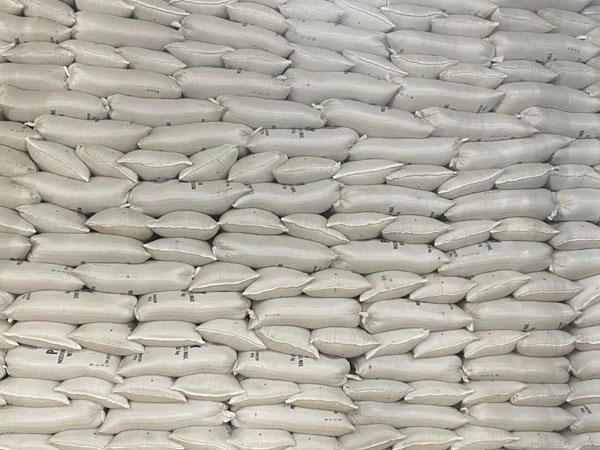 It’s eaten with almost every meal, used to make sushi, made into sweets, fermented into alcohol and offered to the spirits at religious ceremonies.
It’s eaten with almost every meal, used to make sushi, made into sweets, fermented into alcohol and offered to the spirits at religious ceremonies.
Rice is everywhere in the diet of Japan – there are at least six ways in Japanese to describe the grain, from unhusked to ready to eat. It’s so popular that McDonald’s there added a burger bun made of rice to its menu.
But being so reliant on the staple leaves the country – the world’s fourth-biggest economy – vulnerable to the slightest supply glitch.
In recent years, a combination of bad weather, heatwaves and the threats of typhoons and earthquakes have sparked bouts of panic-buying in the nation of 124 million people.
The average price of a 60-kilogram bag rose to around $160 last year – up 55 per cent compared to two years ago, according to government figures.
The situation has become so dire that the government announced in February that it would release 210,000 tons of rice – more than a fifth of what it holds in its contingency reserve – for auction. The first bags of the reserve rice have now gone on sale in supermarkets.
The government built its rice reserve in 1995, two years after an unexpected cool summer crippled rice harvests forcing it to import overseas grains.
In Japan, the first batch of 150,000 tons of rice went under the hammer last month, according to the Ministry of Agriculture, Forestry and Fisheries.
“Prices now are exceptionally high,” Agriculture, Forestry and Fisheries Minister Taku Eto said ahead of the auction.
“But I urge everyone not to worry,” he added, saying that he expected the injection of rice into the market would mean prices “eventually come down.”














© Copyright 2025 The SSResource Media.
All rights reserved.